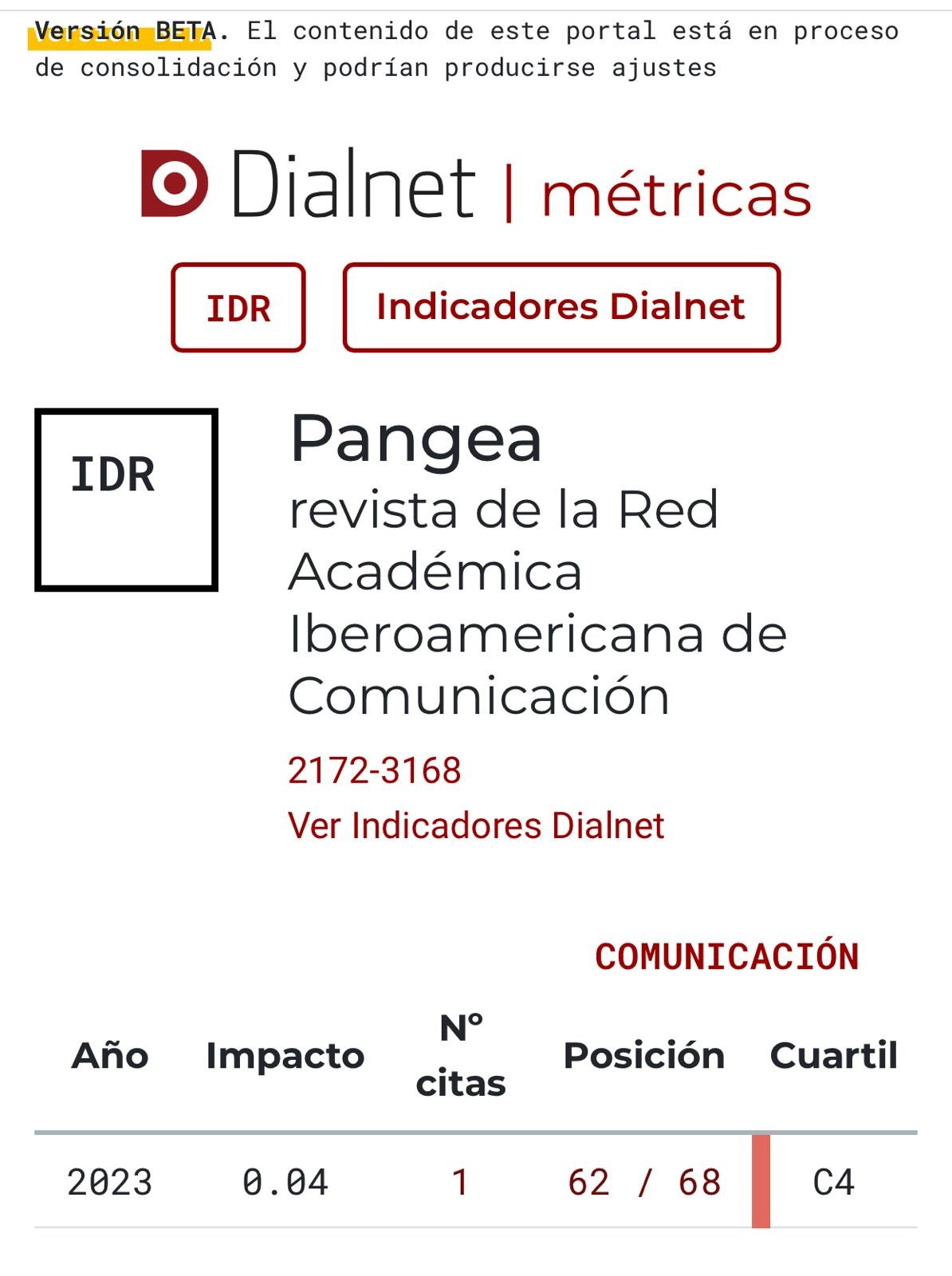Citizens, defense, freedom: analysis of computerized content of the Spanish Constitution (1978)
DOI:
https://doi.org/10.52203/pangea.v4i1.52Keywords:
Constitución Española de 1978, España, Legislación, Derecho, Análisis de contenido informatizadoAbstract
The Spanish Constitution of 1978 defined the rules of democracy today, as it is the legal instrument that regulates the relations between rulers and ruled, and represents the unity of the authorities, procedures and contents. Through computerized content analysis in this paper we evaluate the linguistic resources used in the most important work of legislation in Spain. This is a new technique, by which we intend to examine the various narratives that make up the overall meaning of the text. Altogether we analyzed the 40 topic – words most frequent words of the text, its lexical positioning and their hierarchical relationships.
On the one hand, the analysis of the vocabulary of the Spanish Constitution illustrates an abundance of references to the types of standards and the legal system itself and, on the second hand, many allusions to the institutions themselves and the citizen rights and freedoms.
References
Barredo, D. (2012). El tabú de la expresividad real. Análisis del tratamiento informativo del rey Juan Carlos I en ABC.es y ELPAÍS.com (2009 - 2011) . Málaga: Universidad de Málaga.
Barredo, D. y Oller, M. (2012a). “Tratamiento de género en las informaciones ofrecidas sobre el Día Internacional de la Mujer Trabajadora (2001 – 2010) en ABC.es”, en Libro de Actas del I Congreso Internacional de Comunicación y Género (Coord., Suárez, J. C., Liberia, I. y Zurbano, B.). Sevilla: Editorial Mad.
Barredo, D. y Oller, M. (2012b). Género, ideología y prensa digital. La construcción informativa del Día Internacional de la Mujer Trabajadora en www.abc.es y www.elpais.com (2001 – 2010). Alicante: Revista Mediterránea de Comunicación.
Chen, H., Evans, C., Battleson, B., Zubrow, E., Woelfel, J. (2011). “Procedures for the precise analysis of massive textual datasets” en Communication & Science Journal, 2011 Oct 10.
Diefenbach, D. L. (2001). “Historical foundations of computer-assisted content analysis”, en Theory, method, and practice in computer content analysis (Ed., West, M. D.). Westport, CT: Ablex Publishing.
Popping, R. (2000). Computer-assisted text analysis. Londres: Sage.
Sánchez Cuenca, I. y Aguilar, P. (2009). “Terrorist Violence and Popular Mobilization: The Case of the Spanish Transition to Democracy”, Politics & Society, 37(3), España, junio, pp. 428-453.
Tian, Y. y Stewart, C. M. (2005). “Framing the SARS Crisis: A Computer-Assisted Text Analysis of CNN and BBC Online News Reports of SARS”, Asian Journal of Communication, 15(3), Inglaterra, febrero, pp. 289-301.
Downloads
Published
Issue
Section
License
Copyright (c) 2013 Daniel Barredo Ibáñez, Martín Oller Alonso, José María Pérez Zúñiga

This work is licensed under a Creative Commons Attribution-NonCommercial-NoDerivatives 4.0 International License.
https://creativecommons.org/licenses/by-nc-nd/4.0/deed.es





